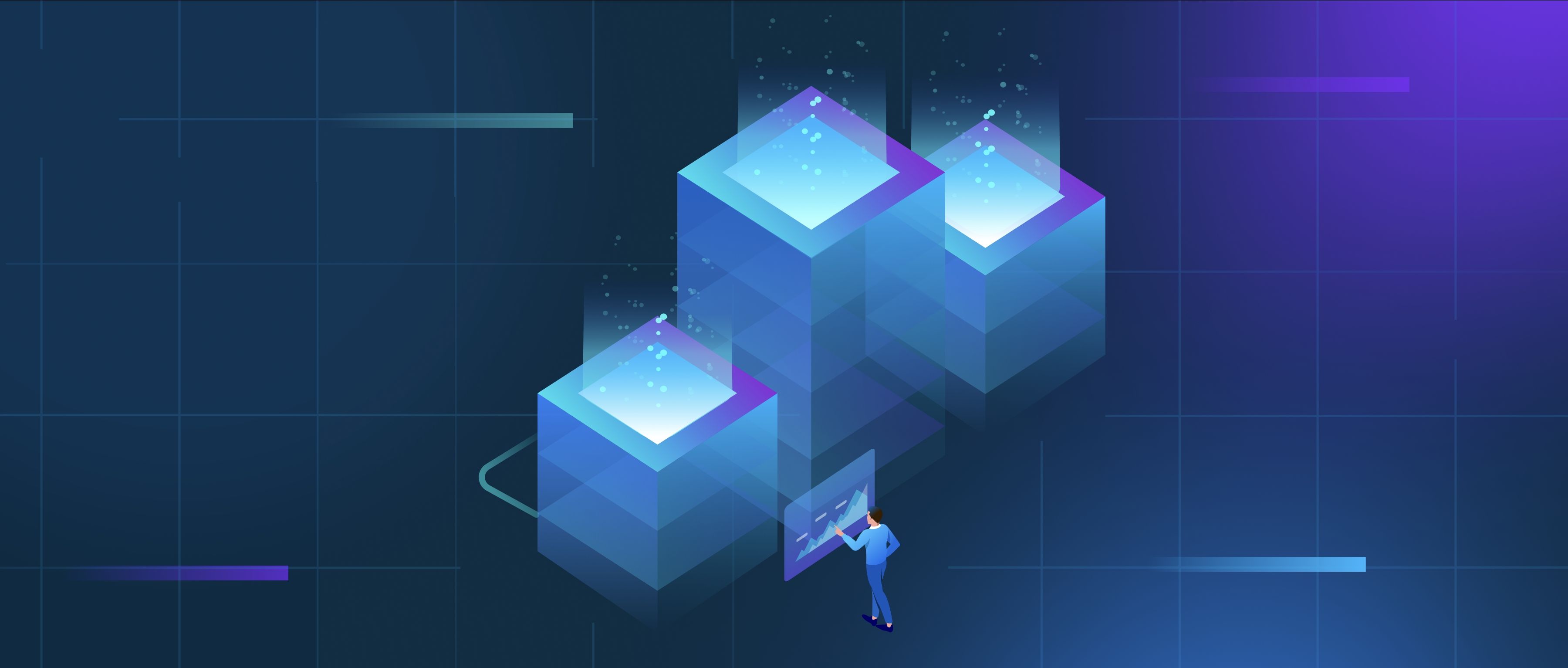Amazon Bedrock charges users based on model usage, data processing, and optional features. Pricing is tied to the specific foundation models you use, with costs calculated per token (for text models) or per image (for image generation models). Each model provider (e.g., Anthropic, Meta, Stability AI) sets its own rates, which vary by input/output tokens, region, and model size. For example, Anthropic’s Claude 3 Sonnet might cost $0.003 per 1,000 input tokens and $0.015 per 1,000 output tokens in the US East region. This means a request with 500 input tokens and 300 output tokens would cost (0.003 * 0.5) + (0.015 * 0.3) = $0.006. Text embeddings and image generation models have separate pricing structures, such as $0.0001 per image for Stability AI’s SDXL.
Data throughput costs depend on how you integrate Bedrock with other AWS services. While Bedrock itself doesn’t charge for data transfer between AWS services in the same region, standard AWS data transfer fees apply when moving data across regions or out to the internet. For example, if your application processes 100GB of data through Bedrock and transfers results to users via the internet, you’d pay AWS’s standard $0.09/GB egress fee. Storing training data or model outputs in S3 incurs standard S3 storage costs. There are no upfront commitments, but high-volume users can negotiate custom pricing.
Additional factors include costs for fine-tuning models and using Knowledge Bases. Fine-tuning a model like Claude 3 involves hourly training fees (e.g., $0.30/hour) plus storage costs for the custom model. Knowledge Bases, which connect models to external data sources, charge for vectorizing data ($0.05/GB) and querying ($0.05/1,000 queries). AWS provides a pricing calculator to estimate costs based on expected tokens processed, regions, and features used. Monitoring usage via CloudWatch metrics helps avoid surprises, as costs scale directly with API calls and processed data volume.
